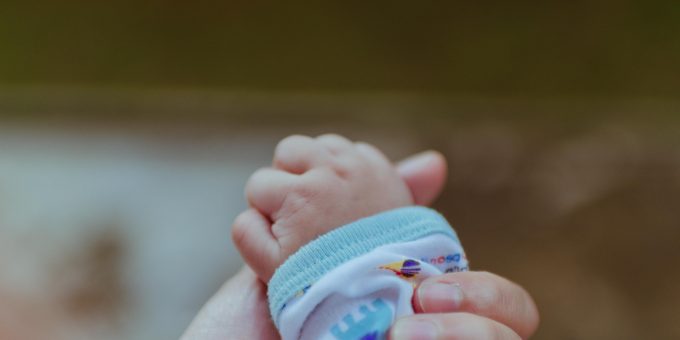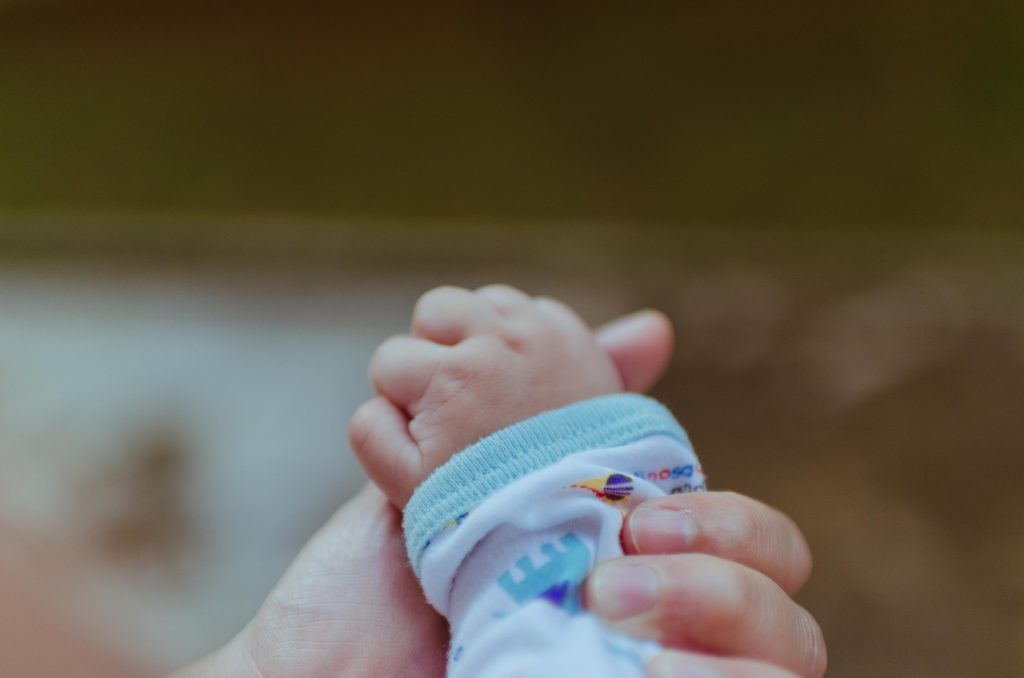
INDIANA —Indiana’s infant mortality rate improved among White and Hispanic infants in 2020 but increased among Black infants, leading to a slight overall increase in the state’s infant mortality rate for the year, the Indiana Department of Health announced today.

The data reinforce the importance of the work being done across the state to ensure that pregnant individuals receive early prenatal care, that adequate mental health and substance use programs are available, that pregnant individuals are connected to resources that alleviate stress and reduce preterm and low birth weight, and that families implement safe sleep practices. State Health Commissioner Kris Box, M.D., FACOG, made the announcement to attendees at the 9th annual Labor of Love infant mortality summit, held Wednesday at the Westin in downtown Indianapolis.

“Reducing infant mortality requires consistent programs and practices in every community and every home and eliminating the disparities between Black and white infants,” Box said. “While we are proud of the progress Indiana has made, we must continue our work to connect pregnant individuals with early prenatal care and ensure that all babies are placed to sleep alone, on their backs, and in a crib so that we can sustain that progress and help every Indiana baby celebrate their first birthday.”
The state’s overall rate of 6.6 infant deaths per 1,000 live births is the second-lowest in history. Indiana’s 2020 Hispanic infant mortality rate is the lowest in 10 years, while the rate for non-Hispanic white infants is the lowest since 2012. The Black infant mortality rate, which had fallen almost 30 percent since 2017, increased to 13.2 deaths per 1,000 live births.
The state has implemented numerous programs to improve the health of pregnant individuals and babies. They include:
- My Healthy Baby, the state’s OB navigator program, which launched in 22 counties in 2020 and has expanded to 25 counties this year, with plans to expand to 35 additional counties in 2022.
- The Levels of Care certification program for birthing facilities, which helps ensure that mothers deliver their babies at the facility best equipped to meet their level of risk.
- Adoption of safety bundles on obstetrical hemorrhage and hypertension in pregnancy through the Alliance for Innovation on Maternal Health (AIM).
- In addition, the Indiana Department of Health has granted nearly $32 million through its Safety PIN program since 2017 to programs across the state for work to reduce infant mortality.
Wednesday’s summit also addressed the importance of ensuring that adequate mental health and substance use supports are in place for pregnant individuals. Indiana’s Maternal Mortality Review Committee report found that substance use disorders have contributed to nearly half and mental health conditions contributed to more than one-third of the maternal deaths that occurred in 2018 and 2019.
Numerous resources are available across the state for pregnant individuals with substance use disorder, including the Indiana Pregnancy Promise Program, which connects pregnant individuals who receive Medicaid benefits with prenatal and postpartum care, other physical and mental health care, and treatment for opioid use disorder. More information is available here.



